The built-environment in Kenya is undergoing a subtle—but important—technological shift. With rising materials costs, labour shortages and housing shortfalls, new building systems and materials are proving central to “doing more with less”. In this article I’ll walk through the key technologies, quantify cost-savings, examine drivers & barriers, and explore what this means for developers, policymakers and homeowners in Kenya.
1. What’s driving the need for change?
Kenya’s construction sector faces several headwinds:
- Building materials account for around 60% of total construction cost in many Kenyan projects. (Acash)
- Supply chain and inflation‐driven price rises for cement, steel, bricks and other inputs.
- A large housing deficit: estimates point to a shortfall of ~2 million units. (Kenya Mortgage Refinance Company)
- Pressure to reduce build time and deliver affordable homes quickly.
Given this context, building technologies with lower costs, faster timelines, and improved efficiencies are gaining traction.
2. What new technologies and materials are being used in Kenya?
Here are several concrete examples:
a) Expanded Polystyrene (EPS) Panels / Prefabricated Panels
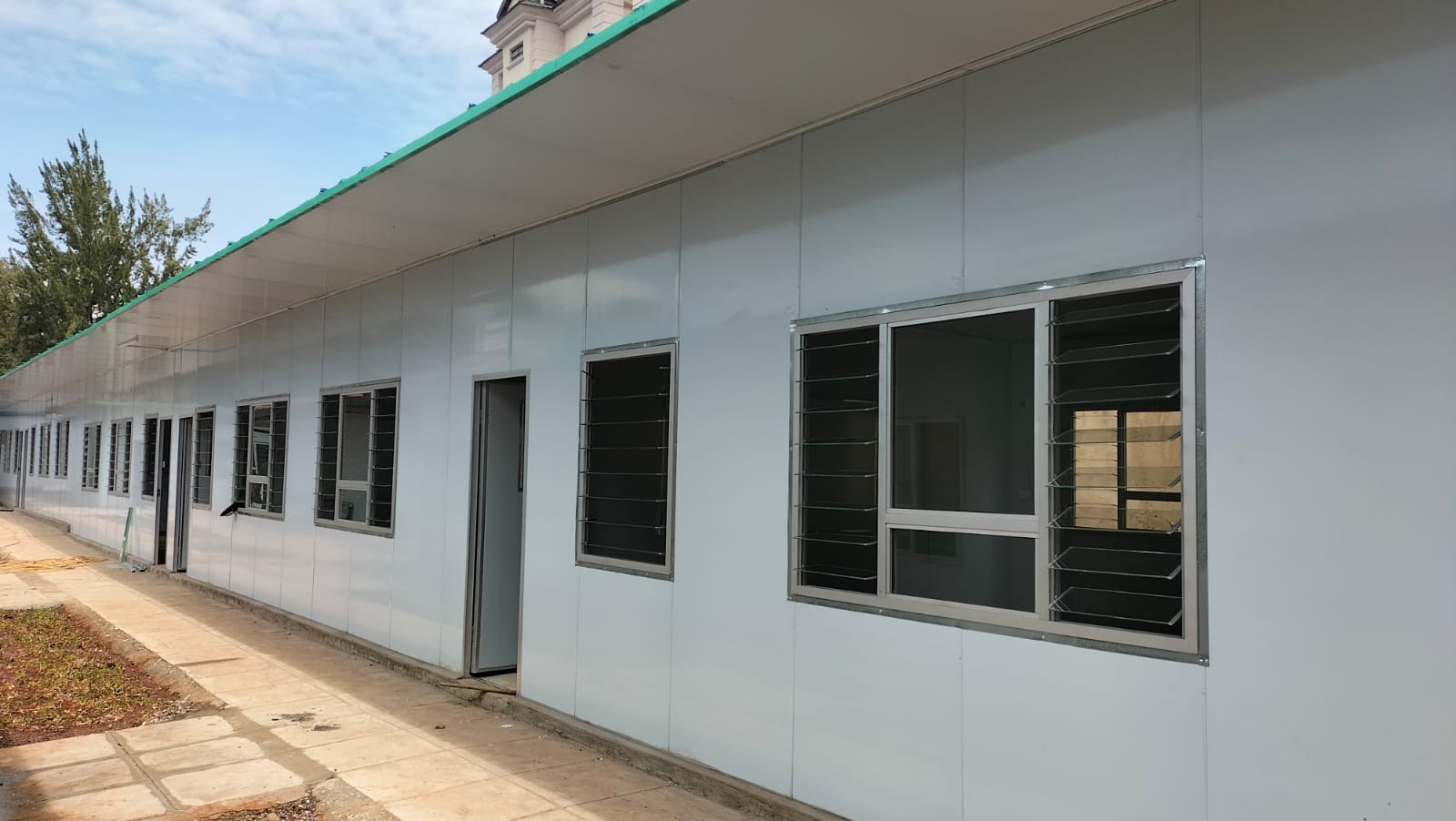


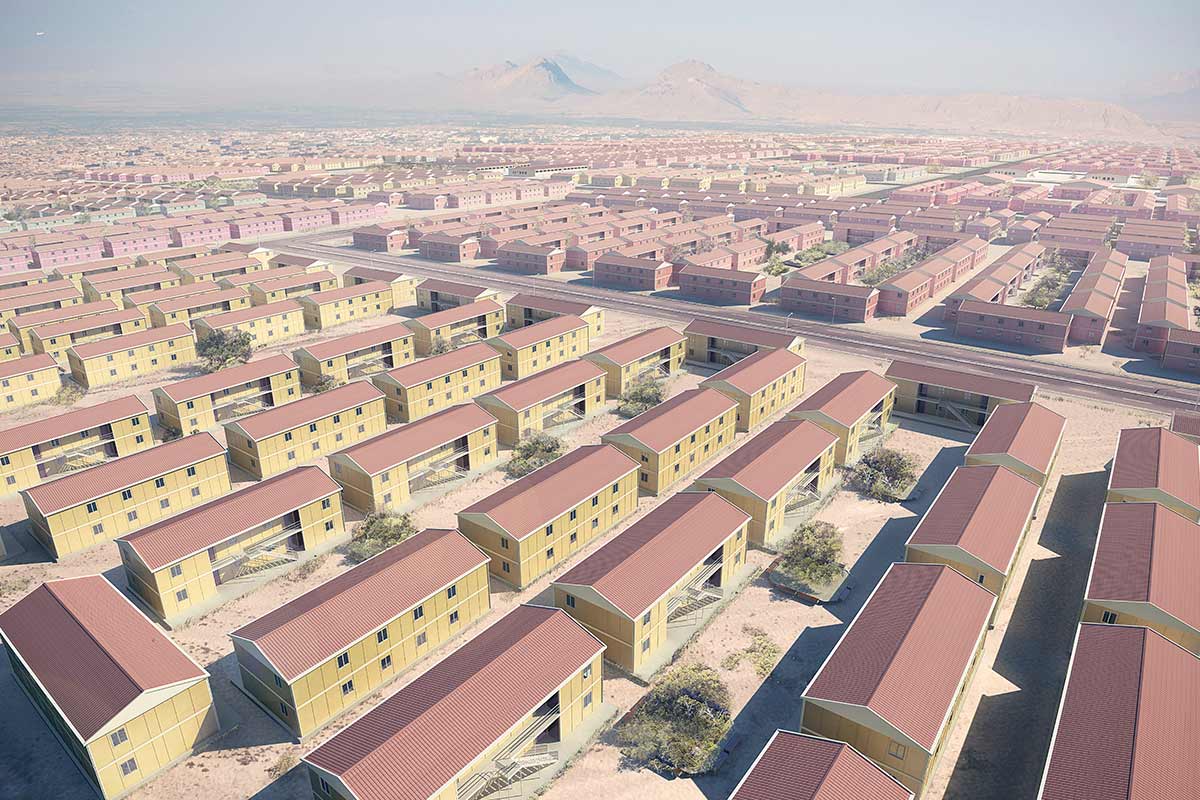
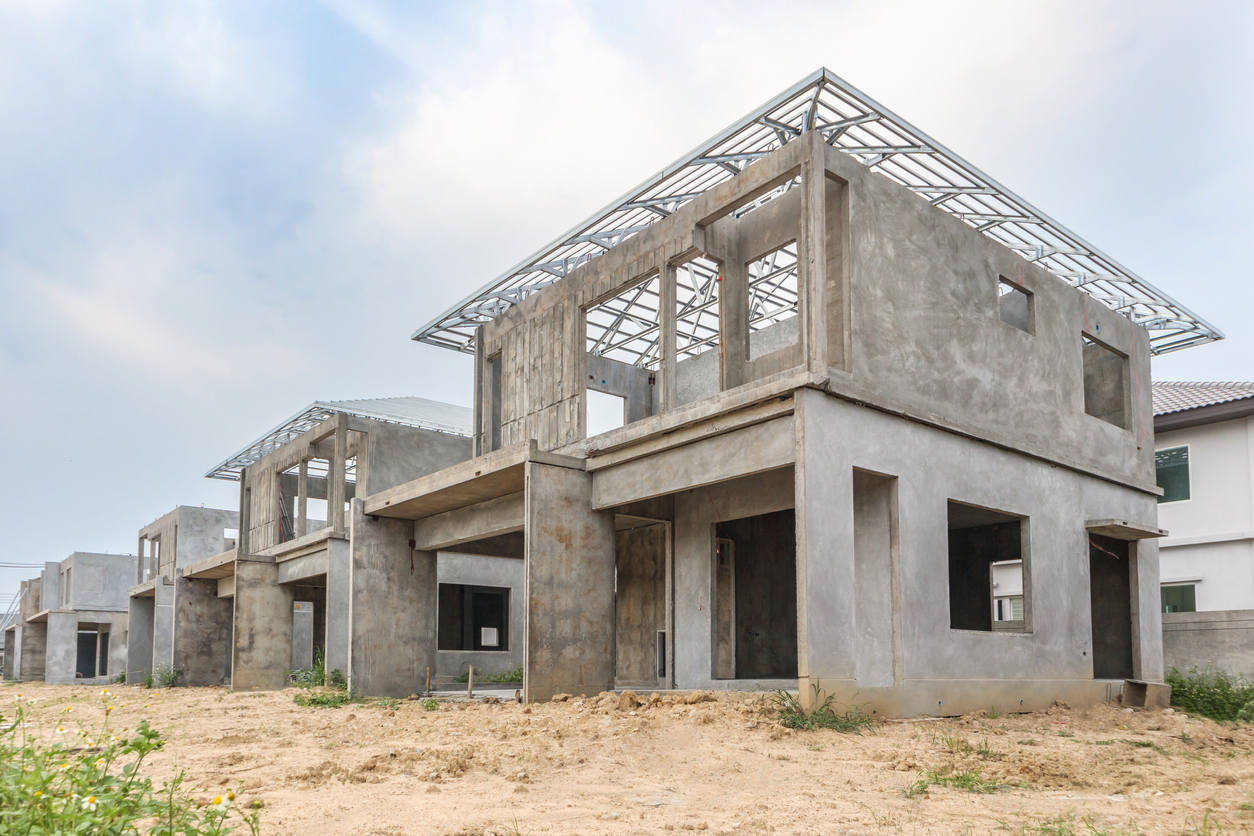
- Use of EPS-sandwich panels (foam core with mesh/concrete skins) for wall/roof systems. These are manufactured off-site and assembled on-site.
- The benefit: reduced build time (in some cases halved) and cost savings of ~25-30% compared to traditional stone/brick methods.
- One source: a standard two-bedroom house using EPS ~$735,670 Kenyan shillings vs maybe double for stone.
- Another: EPS prefabs can reduce building expenses by up to 30%.
b) Appropriate Building Materials & Technologies (ABMT) – e.g., interlocking blocks, CSEBs, stabilized soil blocks

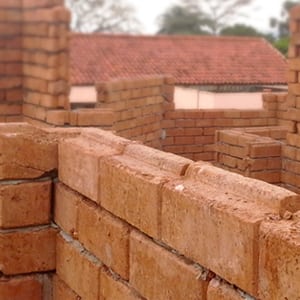


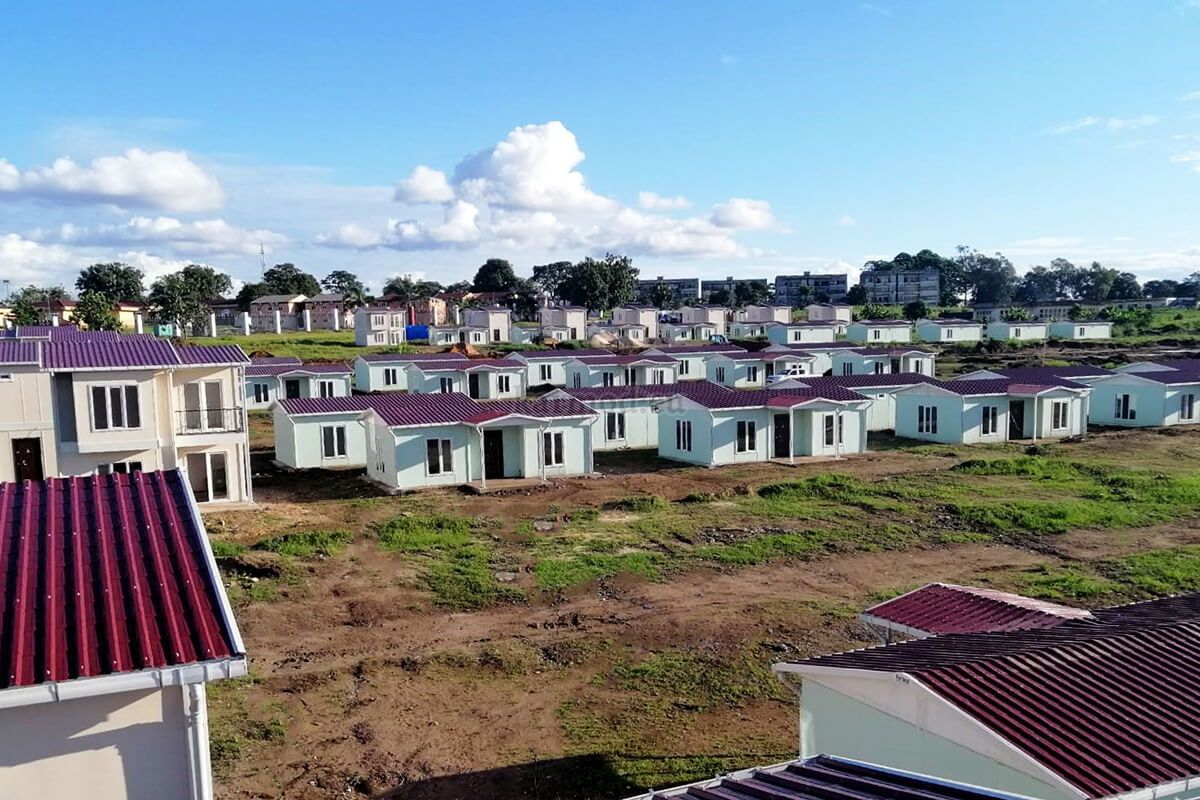
- Compressed Stabilized Earth Blocks (CSEBs) and interlocking soil blocks allow use of local soils, require less cement, and reduce dependence on imported bricks. (Mjengo)
- According to a document, ABMTs can reduce materials cost by up to 50% (and thereby significantly reduce overall building cost) in Kenya. (Construction Kenya)
- The government is promoting local ABMT centres across constituencies to train manufacturers and builders. (Construction Kenya)
c) Digitalisation and Building Information Modelling (BIM), drones, analytics

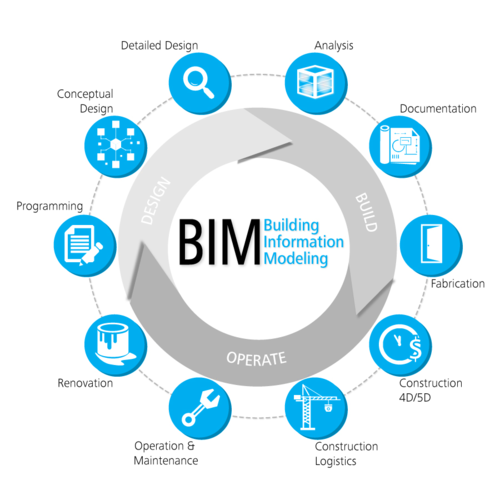

- The adoption of digital tools such as BIM enhances project coordination, reduces errors, and improves efficiency.
- Kenya’s public works ministry emphasised that digital transformation reduces human error, time inefficiencies, repeat jobs and thus overall cost.
d) Green Building / Energy-saving design



- The Kenya Building Research Centre (KBRC) states that proven green building technologies can reduce energy consumption by 30-50% with little to no extra cost. (KBRC Public Works)
- A Kenya market report notes that alternative building technology for low-cost housing could reduce construction costs by up to 50%.
3. Quantifying the cost-savings
Putting numbers to the impact:
- As noted, EPS panels in Kenya have been shown to deliver cost savings around 25-30%.
- ABMT (appropriate building materials) claim up to ~50% reduction in materials cost (which themselves are ~60% of total building cost) so the overall building cost might drop by ~30% or more.
- Green building design can reduce operational (energy / water) costs significantly; one report notes Kenyan public buildings saved ~$5 million annually via 22 green buildings due to 20% lower energy usage.
- A story referenced in the news: fungi-based panels in Nairobi cost ~KSh 26,880 (~US$208) for a 15 m^2 home vs ~KSh 150,000 (US$1,000) for similar traditional construction — suggesting over 30% cost reduction in that case.
4. Why are these technologies delivering savings?
Some of the key mechanisms:
- Reduced material consumption: E.g., interlocking blocks use less cement/mortar, local soils reduce import dependencies.
- Shortened construction timelines: Prefab systems, off‐site manufacturing reduce on-site labour days and overheads.
- Lower labour and waste: With better precision, less rework, fewer delays.
- Lower operational costs: Better insulation, smart systems, green materials reduce energy/water bills.
- Local production and material sourcing: When materials are locally produced (e.g., CSEBs, ABMT) transportation and import costs drop.
5. Challenges and limitations
Despite the promise, there are barriers:
- Up-front cost / perception: Some builders still perceive new tech as costly or risky.
- Skills and training gap: New materials/techologies require builders skilled in their use. ABMT adoption is limited by lack of training.
- Regulatory and standards frameworks: Many of these technologies lack local standards, which slows wider adoption.
- Supply chain / scale issues: For prefab panels and EPS systems, achieving local scale at competitive cost remains a challenge.
- Market acceptance: Some buyers prefer traditional methods/materials for perceived durability and status.
- Site specificity: Material suitability depends on soil conditions, climate, local freight, etc. Not every “new technology” is a panacea.
6. Implications for stakeholders in Kenya
For Developers and Builders
- Embrace new systems (e.g., prefab panels, interlocking blocks) as a competitive cost-advantage, especially in affordable housing.
- Invest in training and partnerships for materials/manufacturing to build supply chain advantages.
- Use BIM and digital tools early in design to minimise change orders, rework and time overruns.
For Policymakers & Regulators
- Accelerate standards/regulations for new materials and methods to increase confidence in the market.
- Provide incentives for adoption of cost-saving technologies (grants, training centres, tax breaks).
- Scale up the ABMT centres initiative to ensure regional accessibility.
For Homeowners / End Users
- Analyse total cost of ownership, not just upfront cost: materials that reduce energy/maintenance may save more long term.
- Work with trusted builders who understand alternative building systems and ensure local support is available.
- Be open to smaller footprint / alternative house designs (e.g., A-frame, tiny homes) that reduce material cost.
7. Future outlook
- As adoption rises, economies of scale will reduce unit costs further for prefab systems and ABMT materials.
- Integration of smart & digital tech (IoT, sensors, BIM) will shift cost savings from just construction phase into operations/maintenance.
- Greater local manufacturing of materials will reduce import reliance and currency risk.
- Growth in green building certification and financing will make cost-efficient, sustainable housing more mainstream.
- The housing supply gap presents a large runway for scaled innovation: as Kenya aims to build hundreds of thousands of homes in coming years, cost-efficient methods will be essential.
8. Key take-aways
- New building technologies are already delivering meaningful cost savings in Kenya (≈ 25-50% in many cases).
- The savings come from reduced materials, faster builds, lower labour and better efficiencies.
- Adoption remains uneven because of skills, regulation, market perception and supply-chain constraints.
- Stakeholders (developers, government, homeowners) all have roles to play in scaling these technologies.
- For anyone building in Kenya today, these technologies are no longer fringe—they are increasingly viable and competitive.

